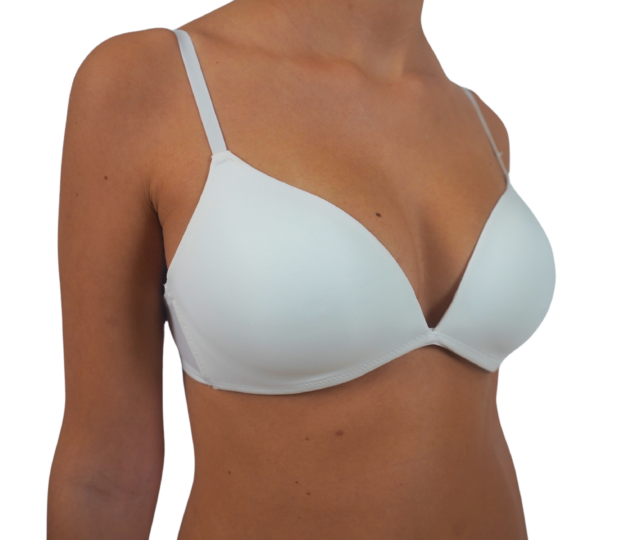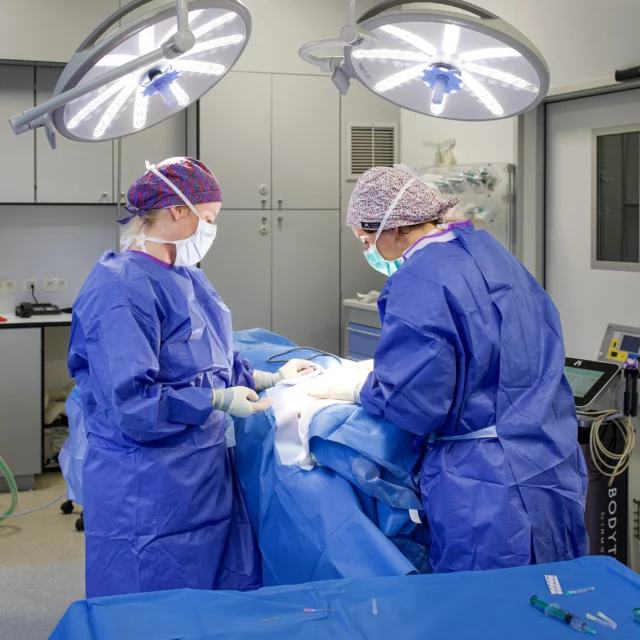What is breast reduction?
Breast reduction, also known as reduction mammoplasty, is a surgical procedure designed to reduce the size of overly large breasts. Oversized breasts can cause neck and shoulder pain, discomfort during physical activities, and low self esteem. Breast reduction aims to alleviate these symptoms by reducing the size and weight of the breasts, which can significantly improve your quality of life and confidence.
Why choose breast reduction?
Ideal candidates for breast reduction are usually those who suffer from physical pain or embarrassment due to oversized breasts. This can include back, neck, and shoulder pain, as well as skin irritation under the breasts.
In addition, women who feel self-conscious or uncomfortable about the size of their breasts may also be good candidates for this cosmetic surgery procedure. It’s important to note that every patient is unique, and the decision to undergo breast reduction must be based on her personal needs and goals.
The benefits of breast reduction
- Relieves back, neck, and shoulder pain
- Improves posture and reduces muscular tension
- Facilitates physical activity without discomfort
- Prevents irritation and infection under the breasts
- Offers breasts in proportion to body shape
- Provides lasting physical comfort
- Boosts confidence and body image

Frequently asked questions
How does the procedure work?
Breast reduction is a cosmetic surgery procedure that generally takes between two and four hours, depending on the complexity of each case. It is performed under general anaesthesia to ensure your comfort during the operation. The surgeon begins by making incisions on the breasts.

The choice of incision type depends on several factors, including breast size, the desired degree of reduction and the surgeon’s preference. Once the incisions have been made, the surgeon removes excess glandular tissue, fat and skin, then repositions the nipple and areola at a more appropriate height. Finally, the incisions are sutured and a dressing applied.
How much does a breast reduction cost?
The cost of a breast reduction may vary according to several factors, including the complexity of the procedure, the surgeon’s experience and the geographic region. It’s important to note that the total cost of the procedure generally includes the surgeon’s fees, clinic fees, the cost of anesthesia, as well as post-operative follow-up costs. Full transparency on the costs associated with breast reduction is essential.
During the initial consultation, a detailed estimate that includes all costs associated with the procedure should be provided. It’s also important to note that some breast reductions may be reimbursed by your insurance company (or social security), particularly when the volume removed exceeds 400g per breast. However, these procedures must be carried out in hospital, not in a private clinic.
Is breast reduction covered by my health insurance?
Social security coverage of a breast reduction is linked to the size of the reduction. A breast reduction may be reimbursed if it exceeds 400 grams per side. However, the procedure must be performed in a hospital and not in a private clinic.
Does a breast reduction affect my ability to breastfeed?
Some women are able to breastfeed after a breast reduction, but this depends on the technique used during the operation. It’s important to discuss this with your surgeon if you plan to have children after the operation.
What are the risks associated with a breast reduction?
As with any cosmetic surgery procedure, a breast reduction carries certain risks, such as infection, bleeding, reactions to anaesthesia, and changes in breast sensation. It’s important to discuss these risks with your surgeon before the procedure.
When can I go back to work after a breast reduction?
Most patients can return to work after 1 to 2 weeks, depending on the nature of their work. For physically demanding jobs, a longer delay may be necessary.
Does a breast lift affect breastfeeding?
A mastopexy can potentially affect breastfeeding, particularly if the procedure involves an incision around the areola. However, many women are still able to breastfeed after mastopexy. If you plan to have children and breastfeed in the future, discuss this with your surgeon during your consultation.
When can I exercise after a breast reduction?
It is generally recommended to wait 4 to 6 weeks before resuming strenuous sports activities after a breast reduction.
What is the minimum age for breast reduction?
There is no strict minimum age for breast reduction, but most surgeons recommend waiting until the breasts have finished developing, usually around age 18.
Why choose our clinic for a breast reduction?
At Claris Clinic, we pride ourselves on our expertise and experience in breast reduction. Our surgeons are highly trained and dedicated to providing the highest quality of care to every patient. We understand that the decision to undergo breast reduction is a personal and important one, and we are committed to supporting you every step of the way, from the initial consultation through to recovery. We believe in the importance of patient education, and strive to provide all the necessary information to help you make an informed decision.
Your journey in 3 steps
- Consultation
- Surgery
- Post-operative follow-up



At a glance
2 to 3 hours
On an outpatient basis
After 1 day
6 weeks
1 to 2 weeks
1 week
1 to 2 week(s)
After 1 week
After 4 to 6 weeks
7 to 10 days
1 day
The result
The results of breast reduction can be seen immediately after the operation, although the definitive appearance of the breasts is usually only visible after several months, once the swelling has diminished. You can expect a significant improvement in the proportion of your figure, as well as a reduction in the physical symptoms associated with oversized breasts.
As far as scars are concerned, it’s important to note that they are an unavoidable part of breast reduction. Over time, however, they generally fade and become less visible. What’s more, the surgeon makes every effort to position the incisions so that scars are as unobtrusive as possible.




